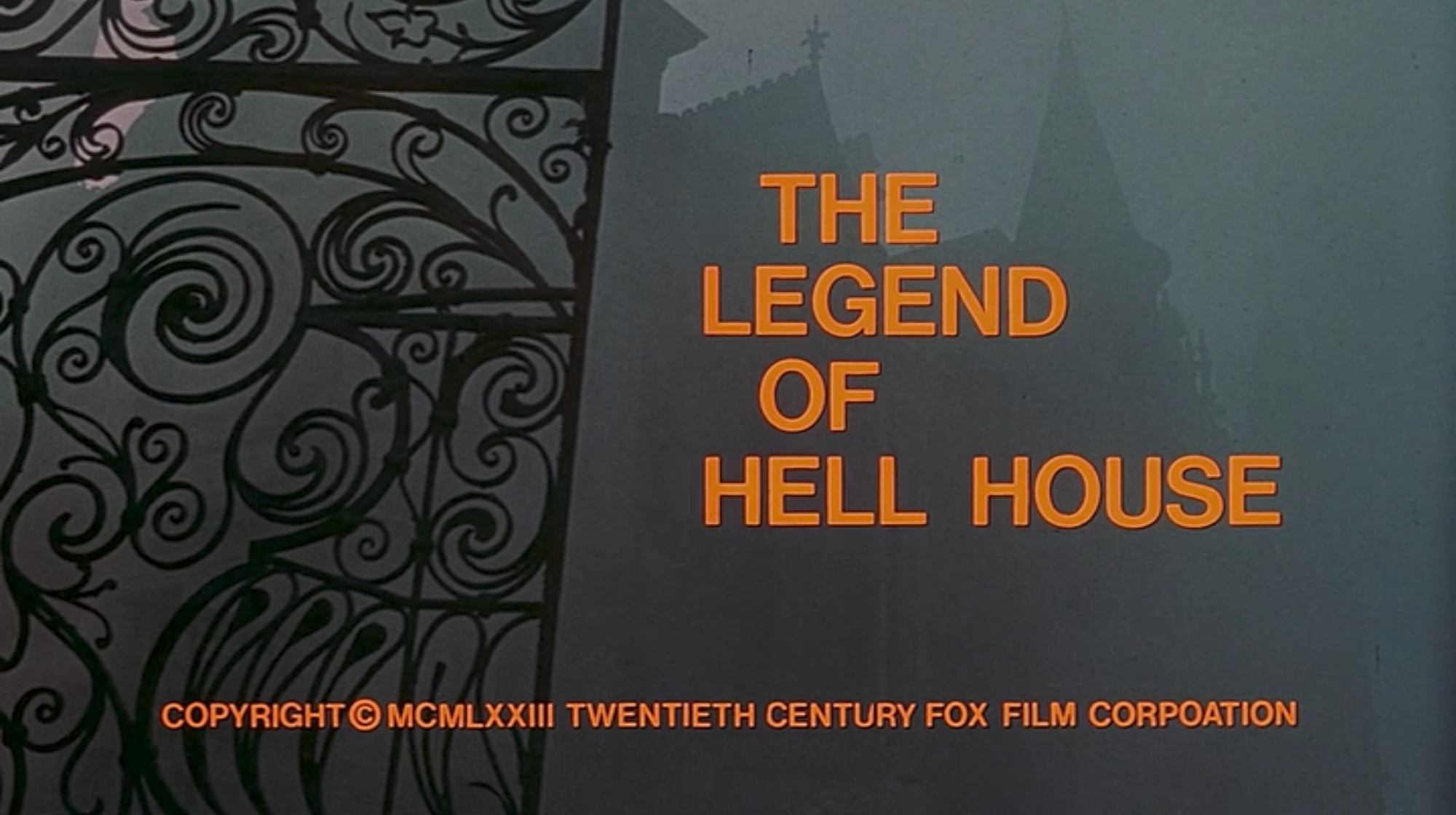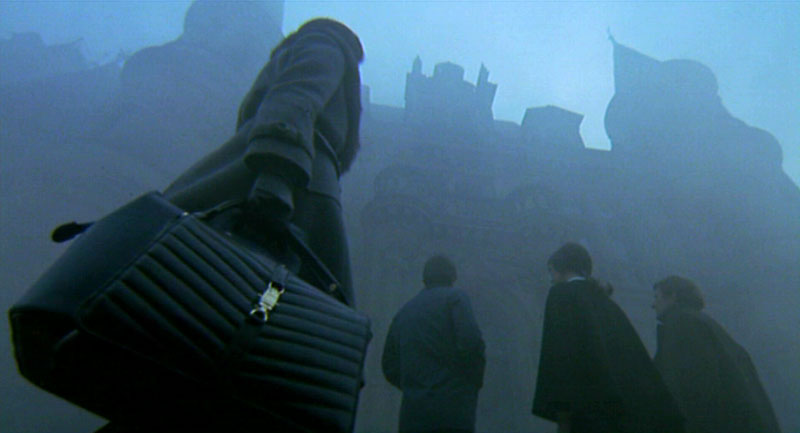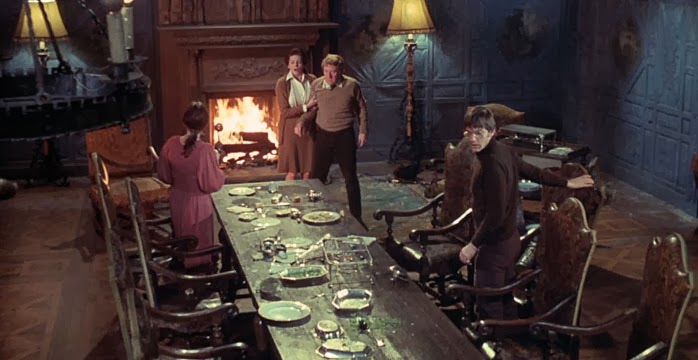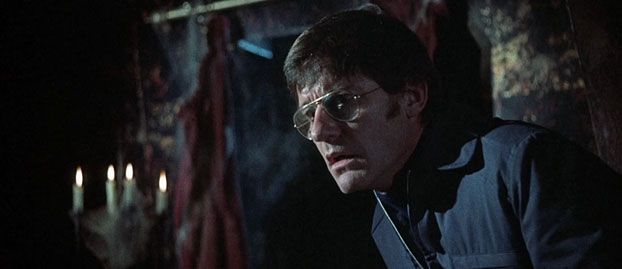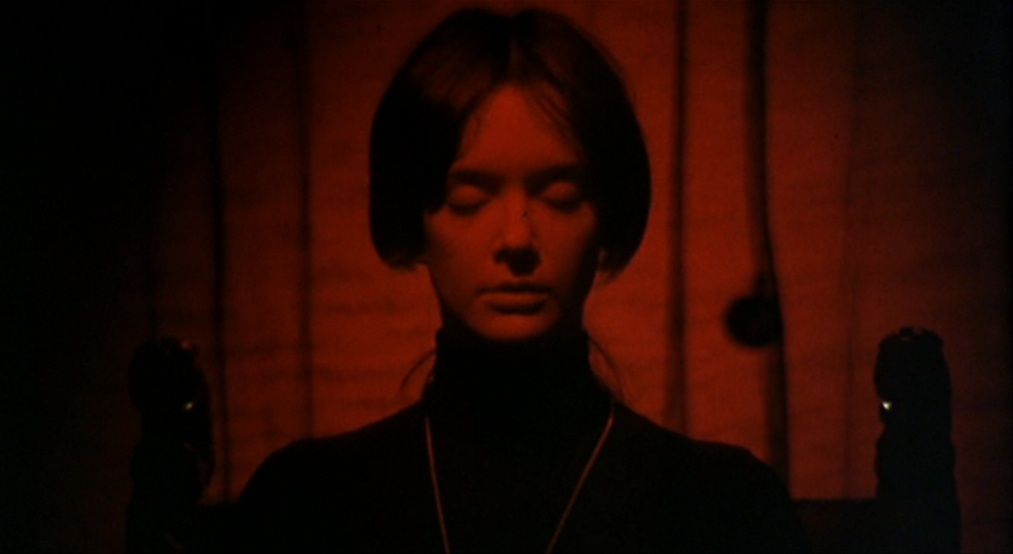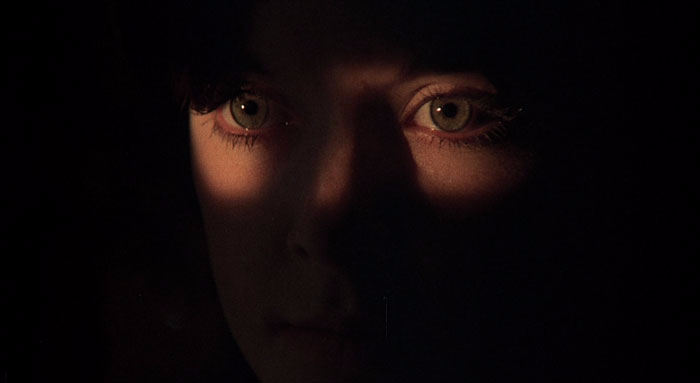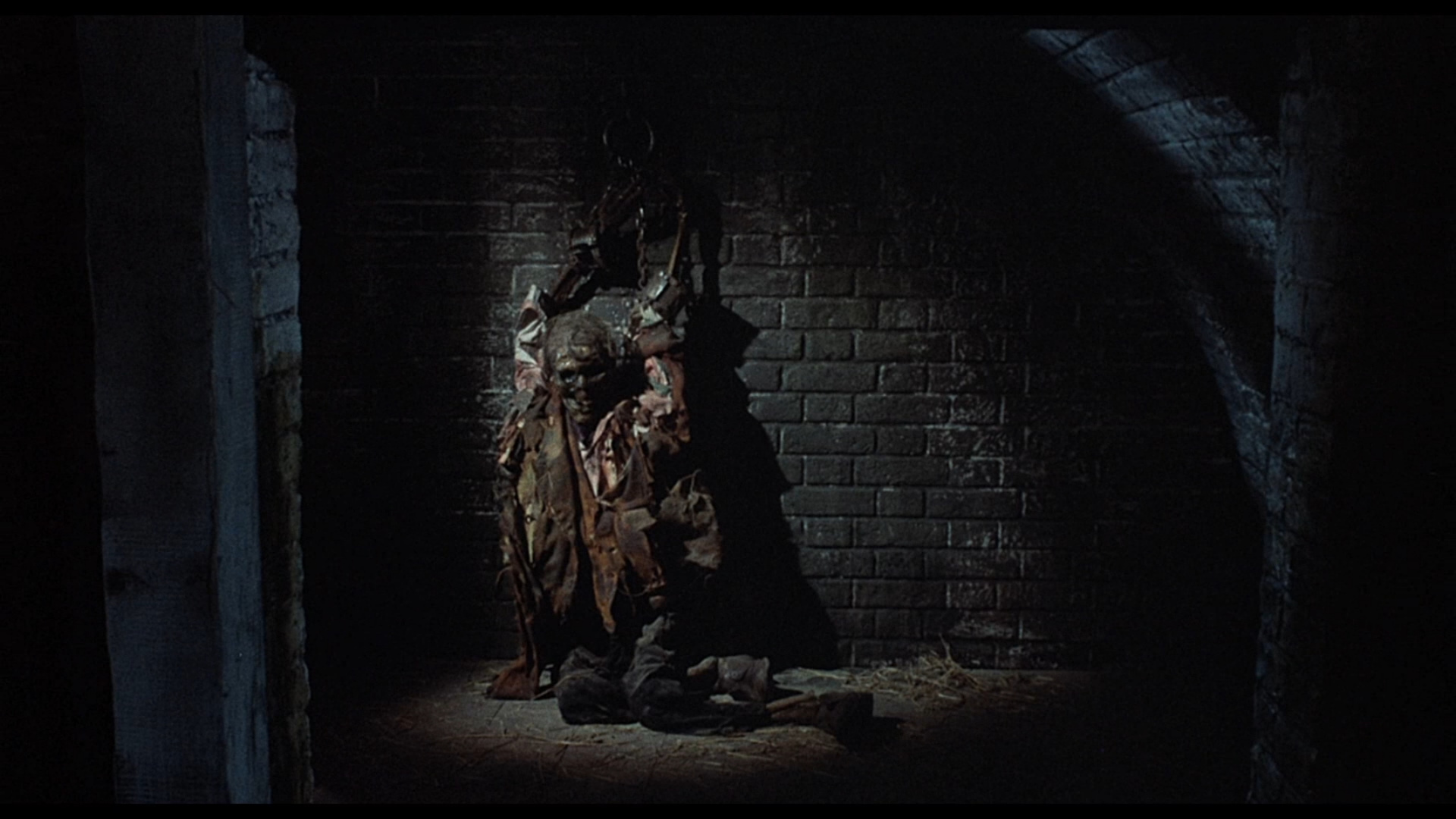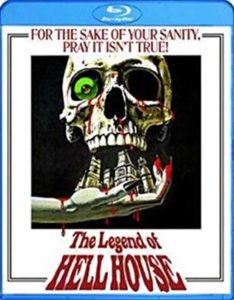#14. Possession (1981)
 Nature of Shame:
Nature of Shame:
I am shamed. I’ve listened to people rave about Possession for years. BREAK THE SEAL.
Hooptober Challenge Checklist:
Decade: 1980’s
I’d waited to watch Andrzej Zulawksi Possession until I could see a decent copy. Once I had the decent copy (a Second Sight Region B Blu-ray) I waited for… the mood to strike? A total eclipse? A total eclipse of the heart? I am without excuse. I once included Possession on my Hooptober / @CinemaShame list and by golly it would be seen.
Possession Elevator Pitch
A young wife leaves her husband for undetermined reasons. She says it’s not someone else, but goddammit he knows it must be someone else. He starts following her, tracking her comings and goings and holy jeebus he sees things that no human should have to see. But you’ll have to greenlight my picture to find out what that is. because HOOOOOBOY it’s a wild, angry, soul-sucking ride. #CliffhangerPressureTactics

In the Mind of the Bloody Marital Infidelity
Possession is a horror film. True. The visual imagery, the film’s tenor, the escalating rise of the unseen monstrous within both Anna (Isabella Adjani) and Mark (Sam Neill). Yet the movie is a psychodrama about the decomposition of marriage. The events and grotesqueries depicted on screen represent Zulawksi’s metaphors for the jealousy, rage and destruction of the familial bonds.
As a horror film, Possession functions on a very basic level. The tease and ultimate reveal of the nature of Anna’s infidelity would be enough on its own to cause a viewer disturbance, but that’s not Possession‘s game. Zulawski aims much higher than anticipatory titillation because Possession lingers on these characters’ jealousy and insecurity. Anna and Mark are broken and this film portrays the destruction of their very humanity.

So. Uh. You Mentioned…. uh… Did You Mention the Possession Monster? #SpoilerAlert?
I did mention “the monstrous” but I’m not giving away any more than that. I’m not participating in the reveal of how or why this turns into a proper horror film. Let’s just say this isn’t Kramer vs. Kramer and move on from there.
The poster gives away a little something when it uses “Inhuman ecstasy fulfilled.” You may draw the conclusion that what has physically come between Mark and Anna is not human. True. I choose not to spoil — not because it would somehow undermine your experience with Possession — but because it might prevent you from watching or taking it seriously. Within the context of the film, the surprise is a ghastly– oh fine.
FINE.
You really want to know? Let me just say, for the record, that knowing doesn’t lessen your experience. I knew and yet shock and horror remained.
It’s a sludge octopus. An oil squid. The world’s slimiest tentacled multi-phallus. It stands in for Mark’s nightmare, a visual representation of his jealousy and rage and self-loathing — it’s also suggested that Anna miscarried this thing months prior. YES. YOU READ THAT.

And This “THING” is Horrific?
The sludge octopus shocks, but the sludge octopus does not make the movie great or compelling. Possession rattles your rafters because Zulawski lingers on the worst of the human emotional spectrum.
Everything about this film works to keep the viewer off balance and uncomfortable. The structure of the film. The uneven pacing that could be considered the horror genre’s answer to Prog rock music. It’s a domestic drama, then it’s a creature movie, then it’s an action movie parody. This genre hybridization suggests the work of a genius madman, a auteuristic Viggo the Carpathian, pulling from a wellspring of personal experience. (Andrzej ?u?awski divorced his wife, actress Malgorzata Braunek, in 1976, five years before filming Possession.

How he films Isabelle Adjani speaks volumes about how he still feels about his ex-wife. She is a siren and seductress, a creature of unspeakable violence and mystery, a mother, a sexual being. Adjani’s performance, while not exactly muted, carries all of this baggage throughout the film. The camera worships Adjani, and the audience likewise can’t help but become mesmerized by the sight of her. Her subway scene will cleave part of your soul.
Final Possession Thoughts
Good luck pulling apart the meaning of Zulawski’s final volley. The film ends in such a way that ambiguity comes full circle. It suggests a feeling so precise that even though we can’t put it into words, we feel exactly what it is that Zulawski wants us to feel.
Each person may experience Possession differently, but the amorphous, inexplicable feeling left inside you won’t dissipate when the credits roll.
Sirens blare in the aftermath of violence, the final destruction of Possession‘s last shreds of humanity. Zulawski’s camera finds the female gaze and its piercing green eyes. Who or what has been left behind after this relationship has reached its cataclysmic end? They might look human — but they’re the monster.

Possession Rating:

Availability:

It is also available in the UK on a nice release from Second Sight. It is, however, Region B locked. Not Mondo Vision super deluxe special velvety goodness, but you can watch the movie, and it looks terrific.
If none of that suits you… well, I don’t know what to tell you. This movie needs to be seen. Go get that Region-Free Blu-ray player and stop worrying about all the films you can’t watch.
2018 @CinemaShame / Hooptober Progress
#1. Deep Rising (1998)
#2. The Mist (2007)
#3. Abbott and Costello Meet Frankenstein (1948)
#4. Abbott and Costello Meet the Invisible Man (1951)
#5. Abbott and Costello Meet the Mummy (1955)
#6. Maniac Cop (1988)
#7. Nightbreed (1990)
#8. The Hound of the Baskervilles (1959)
#9. In the Castle of Bloody Desires (1968)
#10. Chopping Mall (1986)
#11. The Kiss of the Vampire (1963)
#12. The Legend of Hell House (1973)
#13. Messiah of Evil (1973)
#14. Possession (1981)
James David Patrick is a writer. He’s written just about everything at some point or another. Add this nonsense to the list. Follow his blog at www.thirtyhertzrumble.com and find him on Twitter, Instagram, and Facebook.

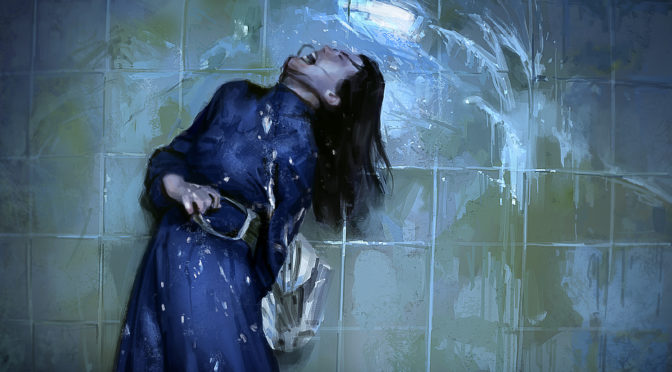
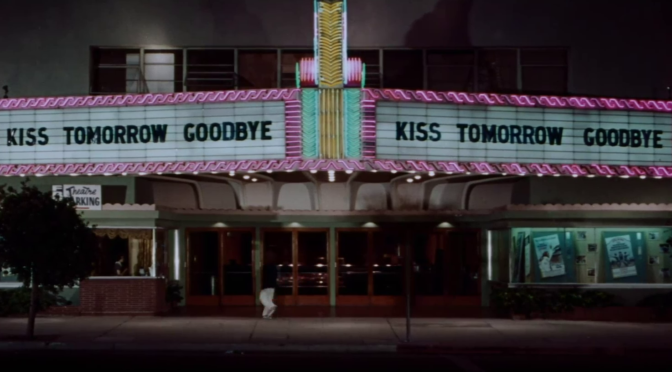
 Nature of Shame:
Nature of Shame:


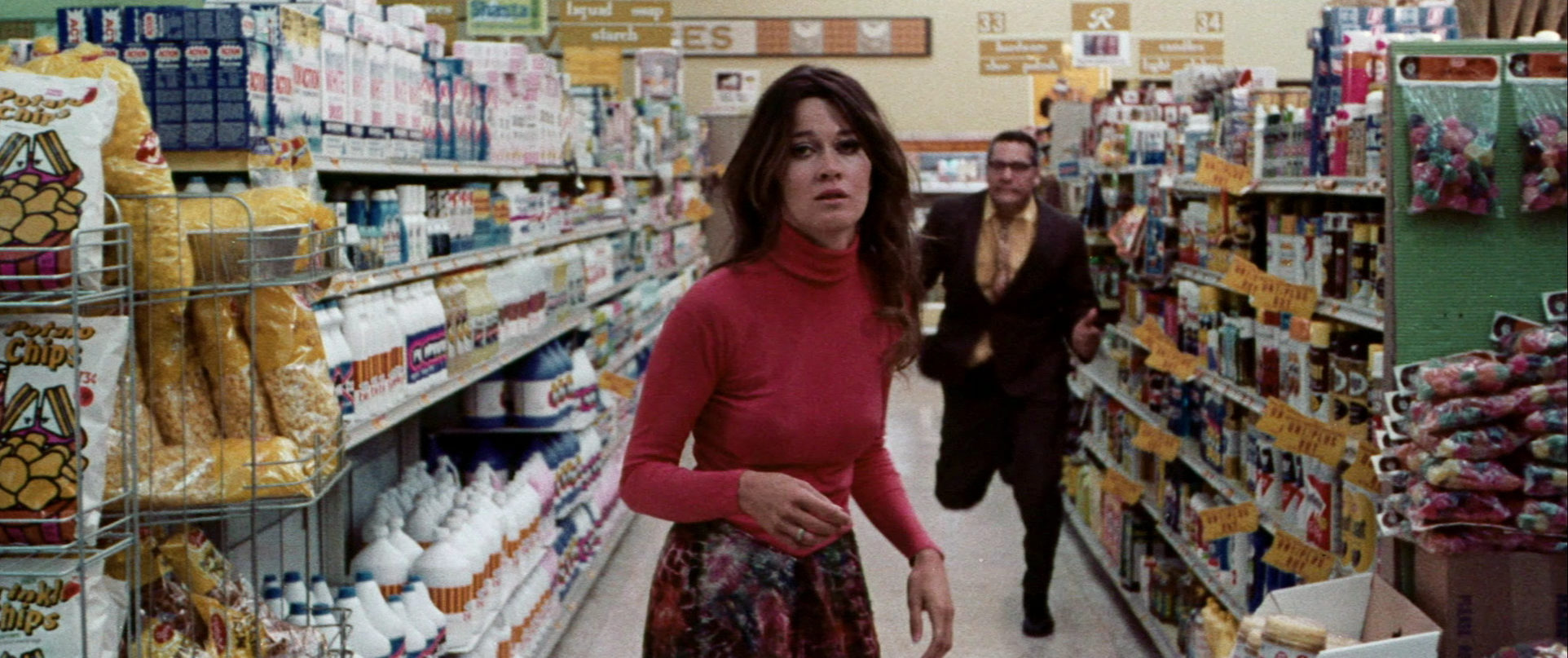





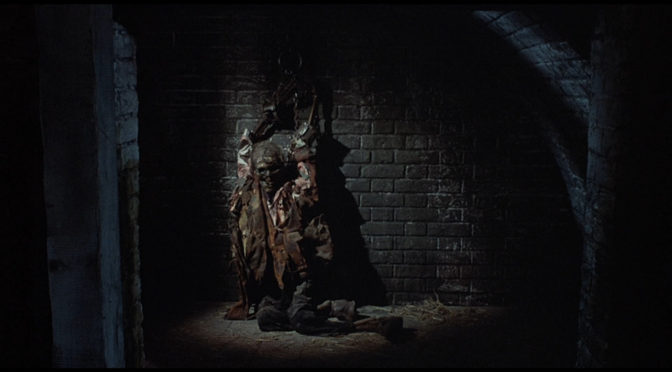
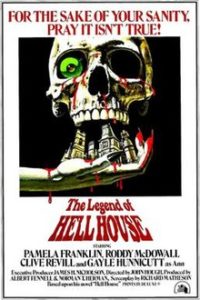 Nature of Shame:
Nature of Shame: